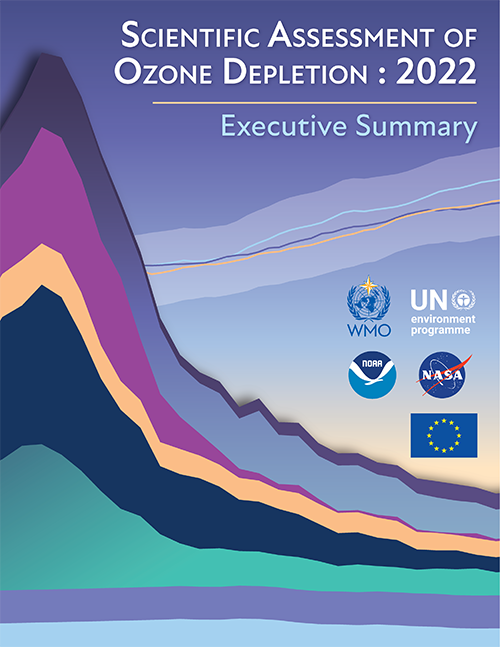A .gov website belongs to an official government organization in the United States.
A lock () or https:// means you've safely connected to the .gov website. Share sensitive information only on official, secure websites.
17 October 2022

The United Nations Environment Program released the Executive Summary of the 2022 scientific assessment of the stratospheric ozone layer today. David Fahey, director of NOAA Chemical Sciences Laboratory, serves as co-chair of the Scientific Assessment Panel (SAP), along with Paul A. Newman (NASA Goddard Space Flight Center, USA), John A. Pyle (University of Cambridge, UK), and Bonfils Safari (National University of Rwanda, Butare).
The Executive Summary summarizes the seven scientific chapters of the international ozone assessment, which is prepared by the scientific community every four years in accordance with the United Nations Montreal Protocol on Substances that Deplete the Ozone Layer. This 1987 agreement and its amendments and adjustments protect Earth's ozone layer from depletion by manmade ozone-depleting substances, such as chlorofluorocarbons (CFCs) and halons. The full scientific assessment – the Scientific Assessment of Ozone Depletion: 2022 – is currently in production with an expected release at the end of 2022.
Among the findings discussed in the 2022 Executive Summary:
The scientific chapters provide supporting detail for the 2022 assessment's Executive Summary, a component of the full assessment. The 2022 assessment is a two-year endeavor carried out under the auspices of the World Meteorological Organization and the United Nations Environment Programme, with NOAA, NASA, and the European Commission as supporting organizations. It is the product of 200+ scientists and support staff from 32 countries who contribute to its preparation and review. NOAA scientist David W. Fahey helped lead the report as one of four international co-chairs of the scientific panel. Other NOAA federal and Cooperative Institute scientists serve as authors, contributors, chapter editors, reviewers, and coordinating editor.
The ozone assessment contributes to NOAA's mission to provide decision-relevant scientific information on atmospheric issues that pertain to the public welfare. The periodic updates of the "state of understanding" regarding the ozone layer have enabled the countries of the world to avoid harmful effects of increased surface ultraviolet radiation that would have occurred in the absence of the Montreal Protocol. The Montreal Protocol has also had co-benefits for climate, because most ozone-depleting substances are also greenhouse gases.